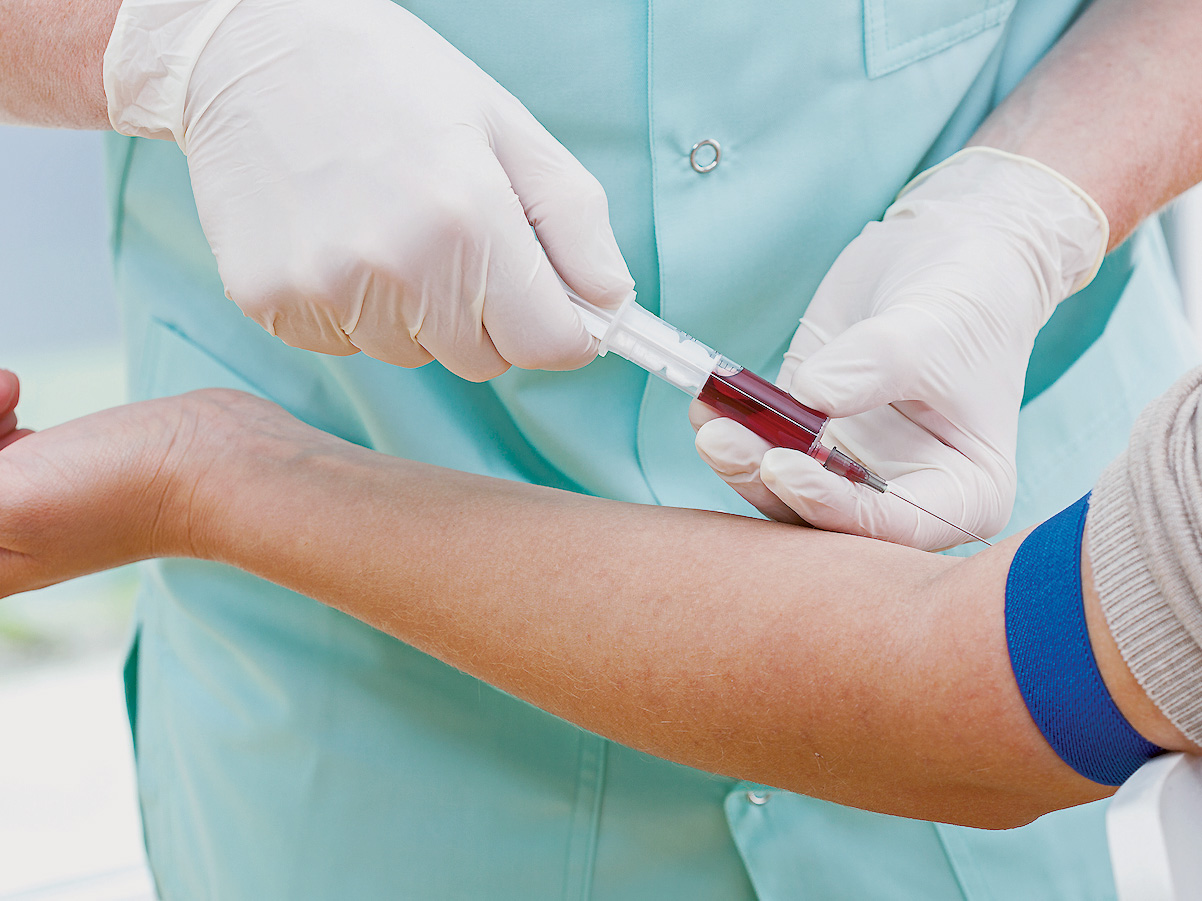

By Lakshmi Kothaneth — MUSCAT: May 9 - Suleiman al Bahri just got engaged but one of the first steps he and his would-be bride was to undergo screening at the Ministry of Health’s health clinic to detect any blood disorder that could affect their children in the future.
On May 8, the World Thalassemia Day, the focus was once again on a health issue that has affected a number of people in Oman. Thalassemia is an inherited blood disorder characterised by abnormal haemoglobin production.
According to the Ministry of Health, 75 per cent of patients visiting healthcare centres have blood-inherited disorders that are mainly sickle cell disease, thalassemia and glucose-6-phosphate dehydrogenase (G6PD) Deficiency.
Oman Hereditary Disorder Association (OHDA) says 10 per cent of the Omani population carries the gene for at least one of these blood disorders.
Two per cent of the Omani population is showing traits of beta thalassemia, while 0.07 per cent are infected.
Fifty per cent of the Omani population carries alfa thalassemia, a blood disorder that reduces haemoglobin production. Haemoglobin is an iron-containing protein in the red blood cells that carries oxygen to cells throughout the body. The disease is mostly seen in North Al Batinah, Muscat and Al Dakhiliyah.
To tackle the challenge, the Ministry of Health is promoting pre-marital screening.
In 2014, blood disorder ailments cost the government RO 45 million, according to the National Centre for Statistics and Information.
According to Thalassaemia International Federation (TIF), the disorder is an inherited genetic disease passed on from parents to children. It is not infectious.
TIF says carriers of thalassaemia are perfectly healthy individuals.
The risk of giving birth to a child with thalassaemia is 25 per cent if both parents are carriers and zero per cent if one of the parents is a carrier. Symptoms of thalassemia are usually seen before the child is two years of age. Anemia occurs in the first few months after birth and becomes progressively severe. Early diagnosis and treatment can prevent fatality.
The most common signs and symptoms of thalassemia include paleness, jaundiced complexion, susceptibility to infections, low appetite and enlarged organs (usually the spleen).
Oman Observer is now on the WhatsApp channel. Click here



